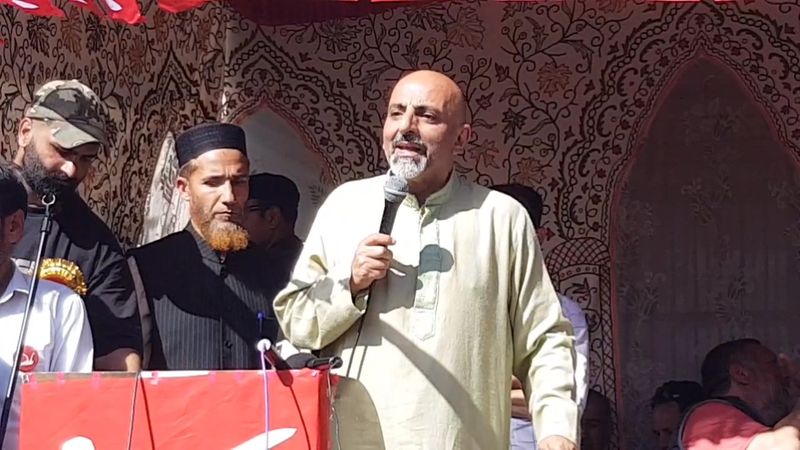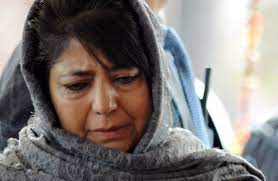J&K’s Power Woes Deepen as Hydropower Projects Falter: A Closer Look
The lights are dimming in Kashmir, and the Joint Electricity Regulatory Commission (JERC) is sounding the alarm. While the J&K government boasts impressive hydropower capacity through its Power Development Corporation (JKPDC), recent observations paint a troubling picture of declining generation, adding a layer of complexity to the region’s already strained electricity supply.
The Numbers Tell a Story: JKPDC manages a total of 1211.96 megawatts (MW) of hydropower capacity, spread across projects like Baghilar-1, Baghilar-2, and USHP-11 Kangan. Yet, JERC’s scrutiny of JKPDC’s tariff petition reveals a concerning trend: most projects are underperforming, generating significantly below their approved design capacity. The data speaks volumes – actual generation during 2017-18 to 2022-23 falls far short of expectations.
JERC’s Concerns are Clear: The commission has demanded a scientific investigation to understand the reasons behind this decline. Additionally, they’ve expressed dissatisfaction with JKPDC’s “unacceptable” approach of not proposing any capacity additions in its business plan for the next three years. This lack of action raises serious questions about the government’s commitment to addressing the power crisis.
Beyond the Numbers, Lives are Impacted: The ongoing power shortage in Kashmir is not just a statistic; it has real consequences for residents. The inability to augment its power generation capacity forces J&K to rely heavily on expensive external sources, impacting affordability and access. Official data paints a grim picture: power generation has steadily declined from 5452 million units (MU) in 2019-20 to 5199 MU in 2022-23, with no substantial growth expected in the near future.
The Need for Action is Urgent: The current situation raises critical questions about the sustainability of J&K’s power infrastructure. Strategic measures are imperative to enhance generation capacity and reduce dependence on external sources. This includes:
- Investigating the reasons behind underperforming hydropower projects and taking corrective action.
- Prioritizing the development of new power plants and expediting existing projects in the pipeline.
- Exploring alternative energy sources like solar and wind to diversify the energy mix.
The Time for Promises is Over: Residents of Kashmir deserve reliable and affordable access to electricity. The JERC’s intervention is a wake-up call for the J&K government. It’s time to move beyond mere promises and implement concrete steps towards a brighter future, one where the lights stay on and hope shines brighter than ever before.
By taking decisive action, the J&K government can turn this crisis into an opportunity to build a more resilient and sustainable energy future for the region.






